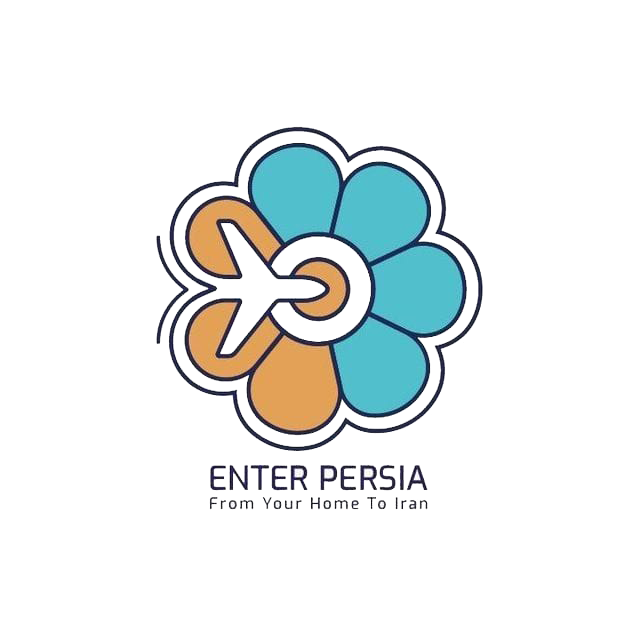In one of the Esfahan’s streets, there is a palace in the garden like heaven. Chehel Sotoun (forty columns) is now one of the three Safavid’s palaces that are existing today. This palace was built during the Shah Abbas I reign with eastern decoration in the “U shaped” plan which has a throne hall and several rooms. After many years especially during the Shah Abbas II reign this building was expanded to the present form the annexes parts include mirror hall and porch. The building is 1.55 meters high and the porch itself is 0.9 meters higher than the ground level. The reson of creating palace was mainly a place for living the king but it had other functions such as holding state receptions or having ceremony. When a person enter to the palace will face with a huge pool that is in 3000 cubic meters. There is a chamber right in the eastern part of pool which was used by musicians in 39 square meters era. In the corners of pool there are four stone column bases that are in Achaemenid genres and belong to Sar pushineh palace that was one of the 17 palaces destroyed in Zel-ol-Sultan reign. One of the stone columns has the relief of angels and other one has lions relief. In old Persia some symbols and animals show a special meaning for example lions mean power and solidity, angels mean safeguarding elements.
This palace was destroyed about a century ago by “Haji Mohammad Ebrahim Malek ol Tojar” one of the famous merchant, because the photos taken by Holster in 1918 AD show columns were decorated by mirrors. Chehel Sotoun is in 2125 square meters and there is a stone canal with a hydraulic system like other palaces and building such as Ali Qapu and Hasht Behesht. The hypostyle is in 37m by 19.2m with 20m high columns. At the beginning each column has 12.8m high and they made of one trunk of a plane tree but after adding stone plinth platform they put steel columns inside the original wooden columns. In 1706 AD palace was fired and renovated by the order of Shah Sultan Hossein. In the middle of porch there is a pool in 1.1m by 1.1m and with four lions on its corner which is made of stone. The reason for naming the palace Chehel Sotoun is because of the reflection of 20 columns in the pool in front of porch. In Persian poems 40 is a sense of infinity and richness.
Mirrors used in building are Venetian. This palace has special colorful windows and usein these windows has several purposes:
– By sunlight and the colorful light inside building can decrease the mental stress.
– A colorful light system by sun will create a great atmosphere inside.
– These colorful windows can keep mosquitos and spiders away from inside the building.
The northern room of mirror work hall is 72 square meters and walls has about 2m thickness in order to bare the heavy weight of ceiling. When you enter the room, your eyes will see excellent wall paintings. Each part of the wall has its special painting and each painting has its special story.
So there are six large paintings and the two central belong to Qajar era but others related to 17 century and safavid era. From the western part and from right to left, this site describes paintings for you:
First one is showing a ceremony for Vali Mohammad Khan, the Turkestan ruler next to Shah Abbas I in 1611. Second painting which is in Ghahve Khaneie genre is shoing the Chaldoran battle that happened in West Azerbaijan one of the cities in Iran in 1514. This battle was the first Safavid defeat from Ottoman army. Third painting shows a Ceremony for welcoming the Homayun king of India in Shah Tahmasb reign in 1543. On the opposite side of painting in the wall infront of that one, in the eastern part there is a painting that shows the battle between shah Esmaeil and Sheibak Khan the Uzbek and in this war Uzbek was defeated by safavid army. In the middle part you can see the battle between Nadir Shah the Afsharid Dynasty and Gurkanid Mohammad Shah from India which entered in New Delhi by victory in 1736. This painting is also in Ghahve Khaneie genre. The last painting shows Nader Mohammad Khan from Turkistan in the court of Shah Abbas II.
On the top, in the ceiling, you can see magnificent geometric and floral fresco designs. Other objects which exists in this hall are costumes, vessels and holly Quran that sealed by Emam Hassan with Kufic style in 10th century in other parts of palace there are paintings and were done by Dutch painters Angel and Lokar, who were lived in Esfahan during Shah Abbas II. All of the paintings were done by Persian artists except European characters outside of the building. The rooms around the main hall also have excellent frescoes for example in one of the rooms you can see Wednesday before Norouz (called chahar shanbe suri). Darbe Jubareh, Pire Pineduz, Aghassi Mosque, Zarieh Darbe Kushk reminders were installed in both western and southern walls of garden.



Asking questions are really pleasant thing if you are not understanding anything fully, except
this article gives good understanding even.
wonderful publish, very informative. I’m wondering why the opposite experts of this sector don’t realize this.
You should proceed your writing. I am confident,
you’ve a great readers’ base already!
Здесь вы найдете разнообразный видео контент веб камера ялта интурист реальное время